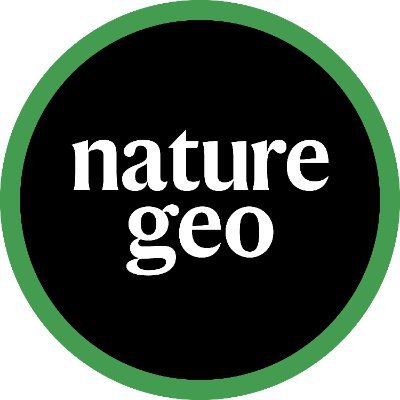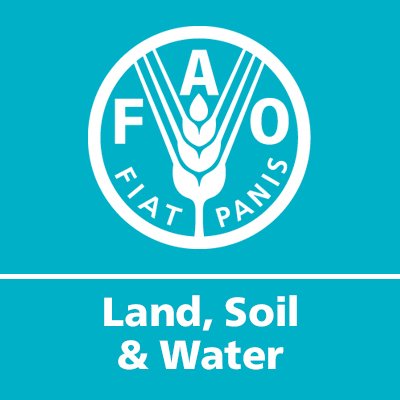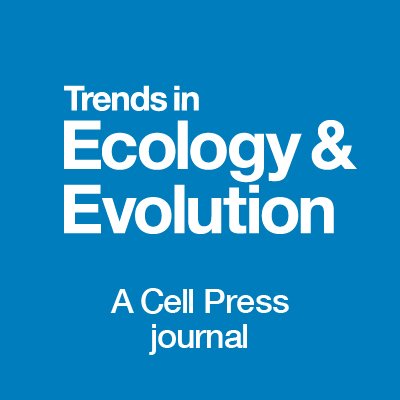
Daniel Revillini
@Dr_Hypervolume
Followers
416
Following
2K
Media
104
Statuses
705
Soil ecologist. Postdoc with #ViñasVivasAND. Former #MSCA with @BioFunLab. Studying 🍇🧫🪩🍄🌍. Capitalism bad. Mutualisms good. #dirtgood
Cádiz, Spain
Joined April 2020
🔥New in @NatureComms 🔥 Fire-driven disruptions of global soil biochemical relationships Led by @GuiyaoZhou & @ManuDelBaq w/ @MELucasBorja @EisenhauerLab @TadeoSaez and many more @IRNAS_CSIC #OpenAccess
https://t.co/YvzqKXMZ7V
nature.com
Nature Communications - Wildfires are intensifying as a result of rapid climate change. By integrating experimental observations with random forest model, the authors discovered that fires decouple...
2
7
25
Holy shit, congrats @KiersToby!! You have provided so much for the fields of soil ecology, fungi, mutualism and of course promoting the protection of fungi and soil biodiversity. Well deserved! 🥳🥳 Excited to see what the future brings! 🫡 #SPUN
nytimes.com
Twenty-two people in a broad spectrum of the arts and sciences were awarded the fellowship, which comes with an $800,000 stipend.
0
0
3
New paper from the lab in @NatureFoodJnl Global exploration of drought-tolerant bacteria in the wheat rhizosphere reveals microbiota shifts and functional taxa enhancing plant resilience. Led by Xiang et al. https://t.co/J8KdgcBXnU
3
20
99
Check out this very nice article by Tao Zhou et al in @PNASNews highlighting the important role of microbial life history in shaping ecosystem multifunctionality under increasingly arid conditions!! 🦠🍄🏜️ @BioFunLab @ManuDelBaq
New @PNASNews in @Biofunlab !! Soil microbial life history strategies covary with ecosystem multifunctionality across aridity gradients https://t.co/ZJrl0fbTks Led by @BioFunLab CSC student Tao Zhou @IRNAS_CSIC @CSIC @CSICAndalExtrem
0
1
5
What a cool article! 😉
🦠 N addition enhanced topsoil multiservices by altering microbial network complexity through changes in plant & soil physicochemical properties 🔍Article: https://t.co/mAmCjs1VCK 📰Blog: https://t.co/12nlfbHKxE
1
1
5
Small increases in N can promote ecosystem services in nutrient poor drylands, but excess N can collapse the soil's capacity to maintain these important services. Results with clear implications under the impacts of atmospheric N deposition, and for future dryland management.
0
0
2
We show that the intermediate disturbance hypothesis can explain the response of dryland ecosystem services - mostly via microbial network complexity and specific ecological network clusters.
1
0
1
Soil microbial networks mediate long-term effects of nitrogen fertilization on ecosystem multiservices. 📰 Out now in @JEcology with @ManuDelBaq @GuiyaoZhou led by Yaodan Zhang & Xiaobo Yuan! https://t.co/JPK3vz8GI3
@IRNAS_CSIC @BioFunLab
2
8
40
In @SoilBiolBiochem, we reveal that many microbial genes ONLY respond to 🔥 in the context of fire legacy. + 🔥 rewired co-expression networks of functional genes, implying lack of coordination among pathways, particularly C-cycling. @MichelleAfkhami
https://t.co/Q1rr2QPN9y
0
1
17
Article: The proportion of carbon, nitrogen, and phosphorus in the ocean now substantially differs from the Redfield ratio, likely reflecting a reduction in phosphorus limitation https://t.co/84e2W3xw7I
0
30
86
Soil does more than you think❗ It connects #Water, #Food & #Life. Check out this conceptual diagram linking soil to ecosystem services & download the full report for the bigger picture 👇🏿👇🏿👇🏿 https://t.co/kmORkLvRid
#SoilHealth #GlobalSoilPartnership
1
46
113
Online now: Integration of plant–soil feedbacks with resilience theory for climate change https://t.co/tbnM8sZuDa
0
5
17
So, future work should strive to understand local soil microbial adaptations in the context of soil legacy, in order to better predict their responses to future disturbances resulting from either direct (fire ignition/suppression) or indirect (climate change) human actions.
0
0
1
Finally, many negative functional responses to 🔥 are in the context of soils that have ATYPICAL FIRE HISTORIES, and we expect global-change affected fire regimes to even further impact microbiome services such as C sequestration, decomposition, and N-cycling...
1
0
1
The interaction of 🔥 and fire legacy produced unique sets of taxa, functions, or enzymatic pathways from those observed when only considering a main effect of fire... suggesting a lot of information is lost when not considering soil legacy
1
0
0
In gene co-expression networks, 🔥 decreased functional gene modules by 50 % and resulted in decreased enrichment or complete loss of important coordinated C-cycling functional pathways... but perhaps most importantly...
1
0
0
Using metatranscriptomics, we find that 🔥 shifts metabolically active microbial taxa in the soil, reduces expression of carbohydrate-cycling enzymes, largely downregulates microbial C, N, and P cycling functions, and dramatically reshapes functional gene co-expression...
1
0
0
🔥New Paper in @SoilBiolBiochem🔥 "50-year fire legacy regulates soil microbial C and nutrient cycling responses to new fire" w/ @MichelleAfkhami we show that microbiome functional responses to fire depend on soil fire legacy... https://t.co/BDEuG5CV5i
1
0
1
One month left to apply for a PhD position in my group on the ERC funded project EcoMEMO. Link to the PhD course and application: https://t.co/PKgK5P8b2V Please contact me if you need more info on the project, the group and life in Italy in general. More infor below⬇️
unibo.it
7
9
14
Very nice (and comprehensive) metagenomic analysis of the effects of multiple concurrent global change factors on soils in grasslands! 🌍 Further highlights the need to investigate these multi-factor treatments across systems... including in agriculture! 🍇🌽🌾🌻
New paper just out: Álvaro Rodríguez del Río et al. Soil microbial responses to multiple global change factors as assessed by metagenomics | Nature Communications https://t.co/pkbYMkZpHe
1
1
9
Grapevines interact closely with microbes, forming a microbiome that affects soil, vine health, and wine quality. On #BiodiversityDay, the OIV emphasizes its document on the significance of microbial biodiversity for sustainable viticulture. Full document: https://t.co/pT5618Es7S
0
4
14












